20 Low-Glycemic Superfoods That Help Stabilize Blood Sugar
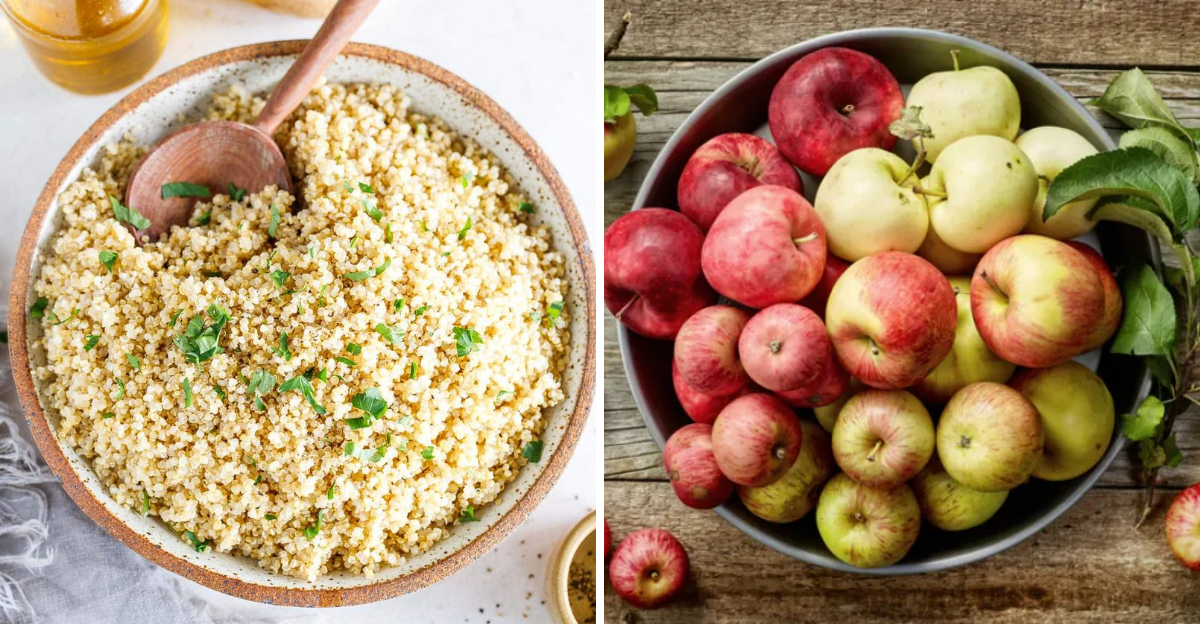
Managing blood sugar levels is vital for overall health, particularly for those with diabetes or pre-diabetes. Embracing a diet rich in low-glycemic foods can help maintain healthy glucose levels, reduce the risk of diabetes complications, and provide sustained energy throughout the day. The following 20 superfoods are not only low on the glycemic index but are also packed with nutrients that support overall wellness. From fiber-rich legumes to nutrient-dense leafy greens, these foods offer delicious ways to stabilize blood sugar while nourishing the body.
1. Lentils
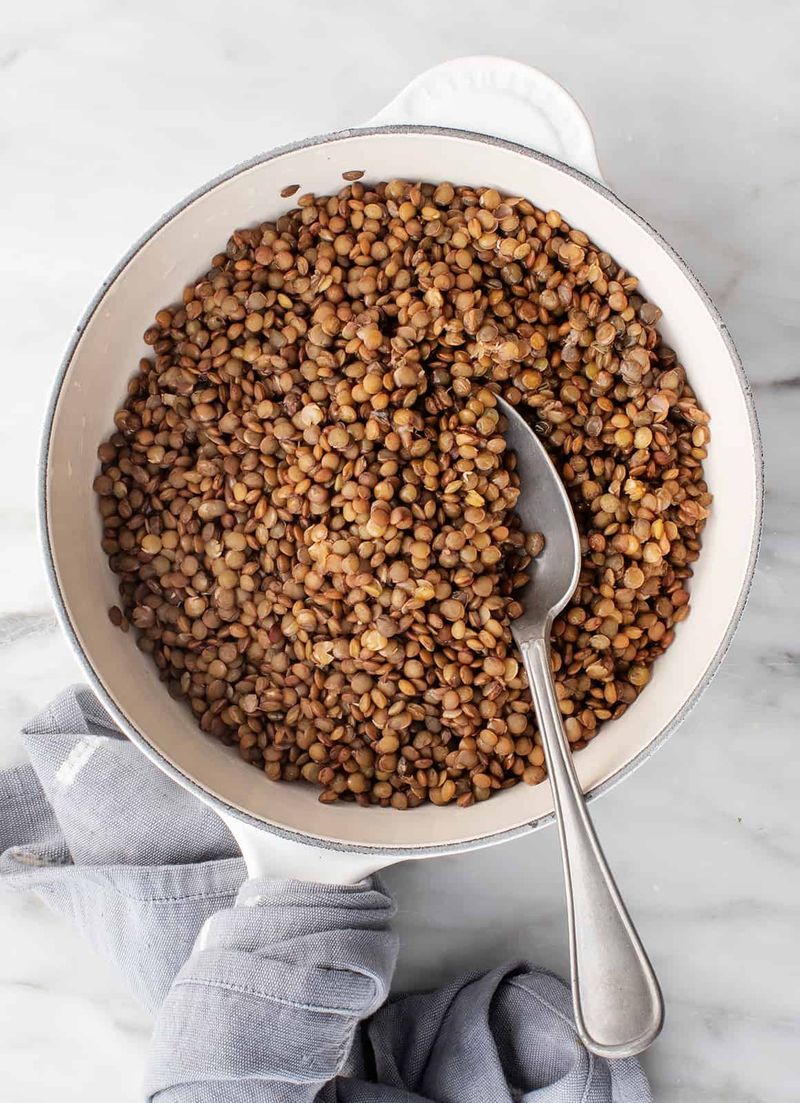
Lentils, petite and mighty, pack a punch of nutrition. These legumes are like tiny, edible powerhouses filled with fiber and protein. Whether in a warm soup or a refreshing salad, lentils keep you full longer by slowing digestion and preventing blood sugar spikes. Their earthy flavor marries well with spices, making them a versatile kitchen staple. Beyond their culinary uses, lentils are celebrated for their eco-friendly cultivation, requiring less water than many other crops. This makes them a sustainable choice for the environmentally conscious eater.
2. Chickpeas
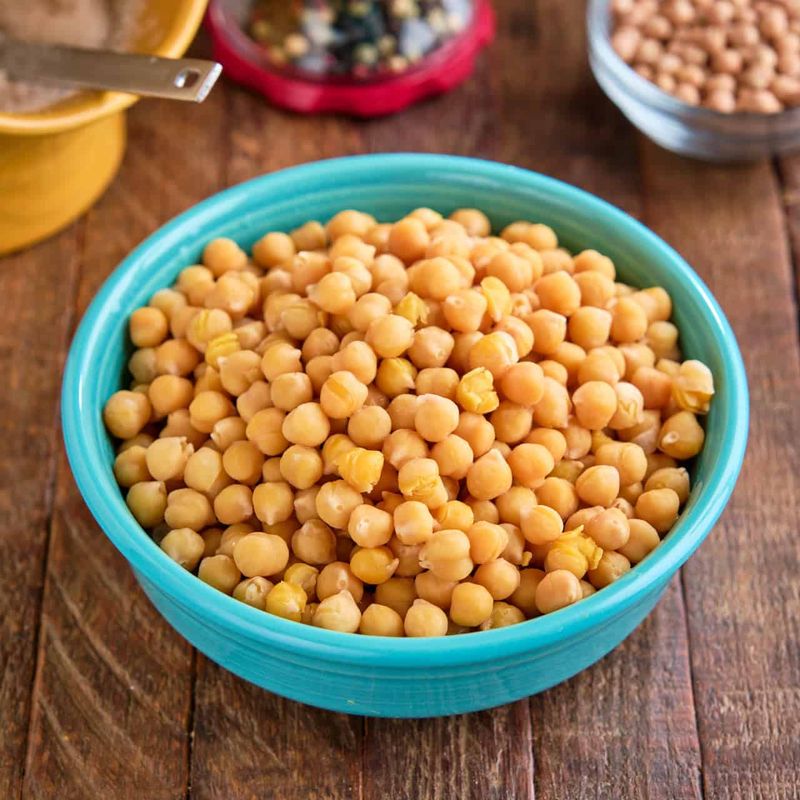
Chickpeas, also known as garbanzo beans, are a beloved legume with a low glycemic index. When roasted, they transform into crispy delights that can be a snack or salad topper. Their creamy texture is perfect for creating hummus or enriching stews. Aside from their culinary versatility, chickpeas are packed with fiber, keeping blood sugar levels in check. These legumes have a rich history, with origins tracing back thousands of years in the Middle East, and are a testament to enduring culinary traditions.
3. Steel-Cut Oats
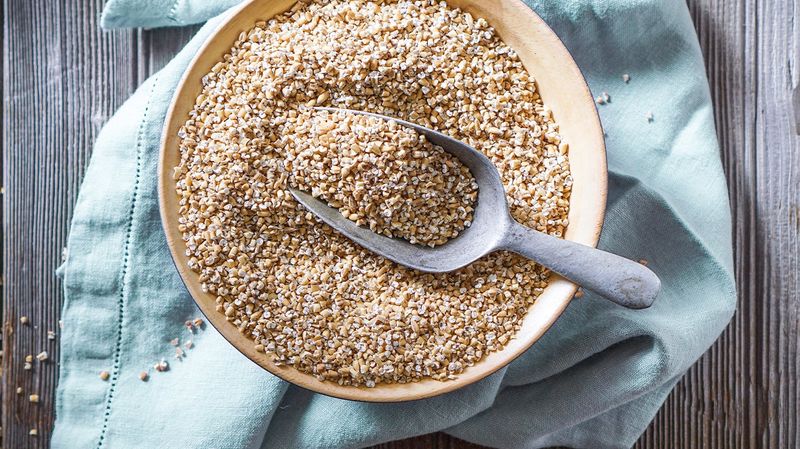
Steel-cut oats are the less processed cousins of rolled oats, and they offer a heartier, nuttier flavor. These oats digest slowly, providing sustained energy and aiding in balanced blood sugar levels. A breakfast staple, steel-cut oats can be customized with toppings like fruits, nuts, and spices. Beyond breakfast, they can be used in savory dishes or as a binder in veggie burgers. Their versatility makes them a cherished pantry item. Steel-cut oats are a simple yet powerful way to nourish your body and start the day right.
4. Quinoa
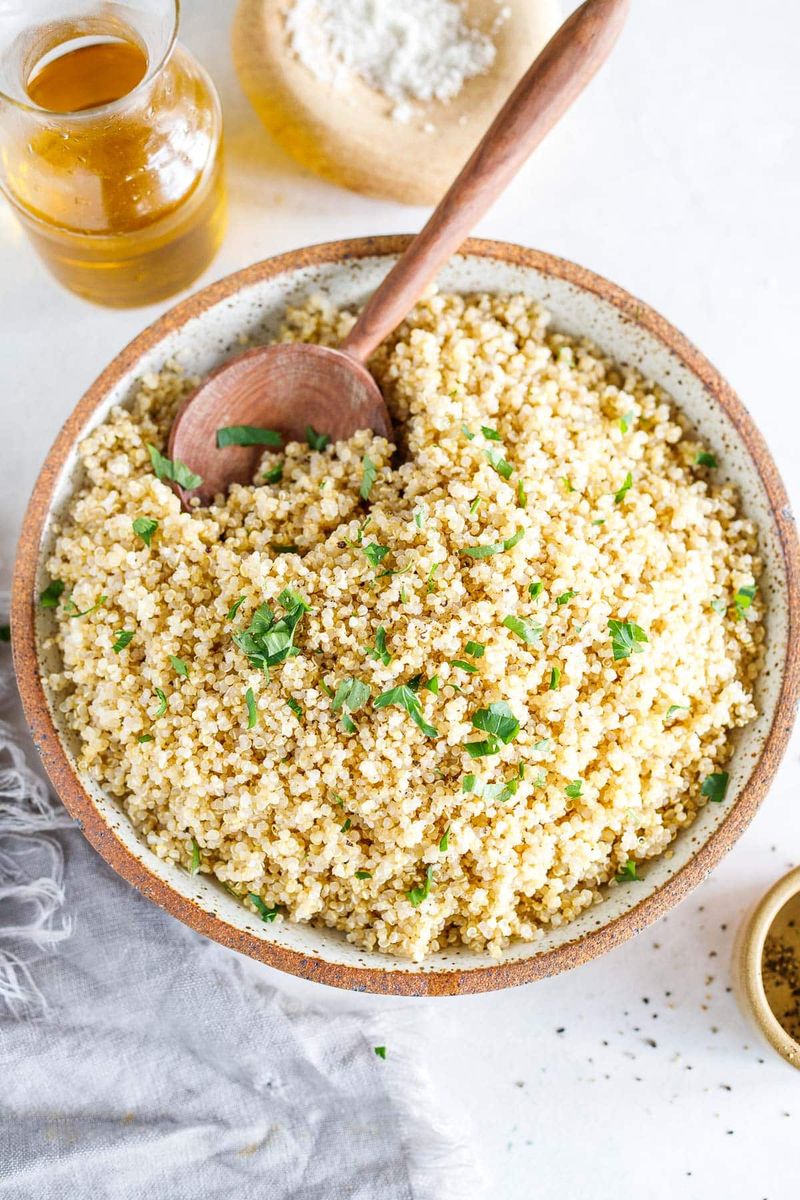
Quinoa is often called a superfood, and for good reason. This ancient grain is a complete protein, containing all nine essential amino acids. Its low glycemic index makes it an excellent option for those looking to stabilize blood sugar. Quinoa’s fluffy texture and mild flavor make it ideal for grain bowls, salads, or as a rice substitute. It’s not only nutrient-dense but also easy to prepare. Simply rinse, cook, and enjoy. Originating from the Andean region, quinoa has been cultivated for over 5,000 years, celebrated for its resilience and nutritional profile.
5. Sweet Potatoes
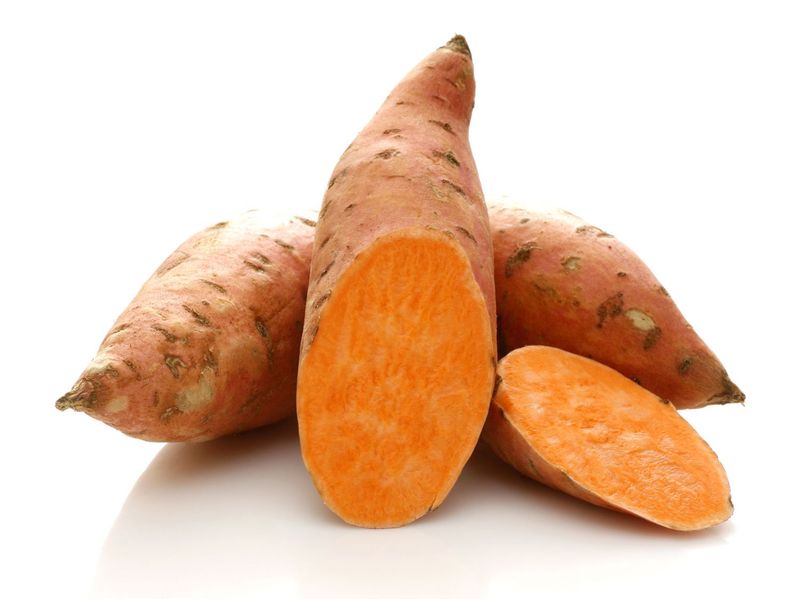
Sweet potatoes are a delightful blend of sweetness and nutrition. Unlike regular potatoes, their glycemic index is lower, making them a smart choice for blood sugar management. Rich in beta-carotene, they provide a natural source of vitamin A. Whether baked, mashed, or roasted, sweet potatoes offer a versatile culinary experience. Their vibrant orange hue adds color to any plate, while their natural sweetness can be enhanced with cinnamon or nutmeg. Sweet potatoes are a nutritious comfort food, connecting generations through their humble yet impactful presence.
6. Berries (Blueberries, Raspberries, Strawberries)
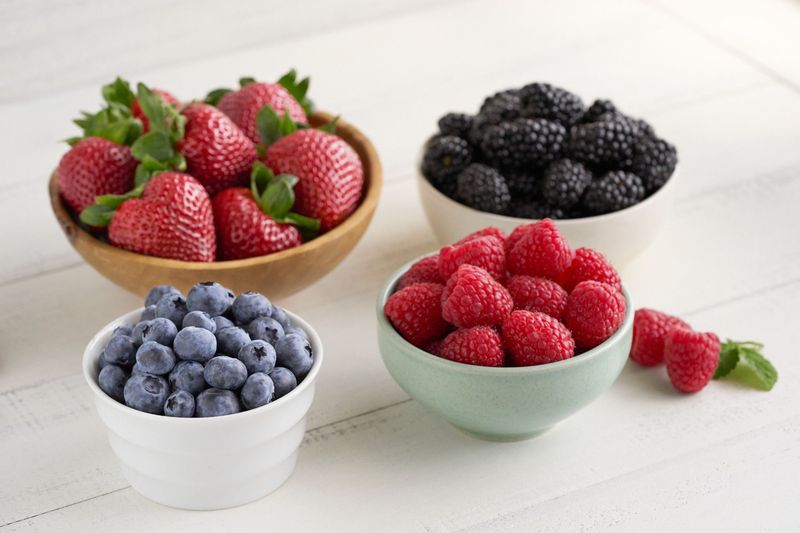
Berries are nature’s candy, offering sweetness without the sugar spike. Blueberries, raspberries, and strawberries are all low in sugar but high in antioxidants and fiber. These vibrant fruits are perfect for topping yogurt, blending into smoothies, or enjoying as a fresh snack. Their diverse flavors range from tart to sweet, providing a delightful sensory experience. Besides their delicious taste, berries boast health benefits like supporting heart health and anti-inflammatory properties. Whether wild-picked or store-bought, berries add a touch of nature’s goodness to your diet.
7. Leafy Greens (Spinach, Kale, Swiss Chard)
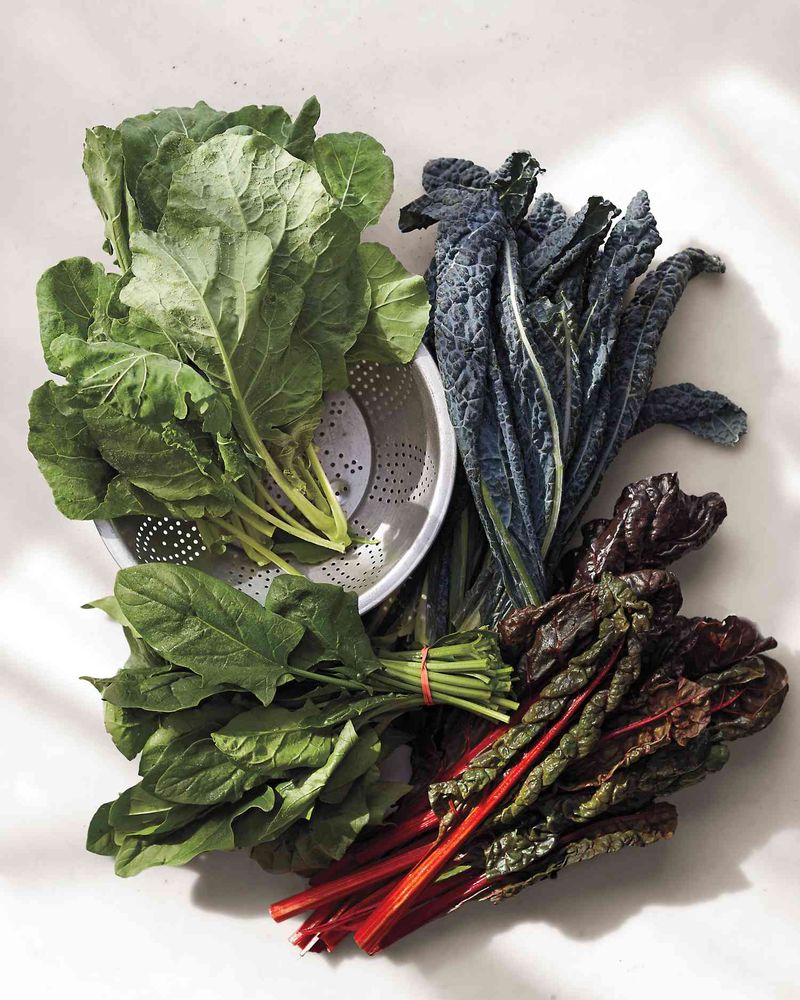
Leafy greens like spinach, kale, and Swiss chard are nutritional powerhouses with virtually no glycemic load. Packed with vitamins, minerals, and anti-inflammatory compounds, these greens are a boon for overall health. Their versatility allows them to shine in salads, smoothies, or sautéed dishes. Whether you’re adding them to a green juice or using them as a base for a hearty salad, leafy greens bring vibrant color and vital nutrients to the table. Their cultivation dates back centuries, symbolizing freshness and vitality in global cuisines.
8. Chia Seeds
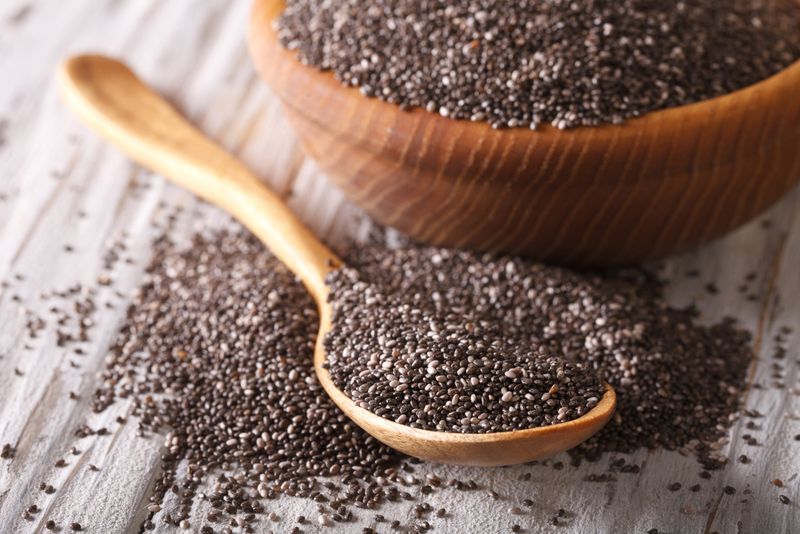
Chia seeds may be tiny, but they are mighty in nutritional value. High in fiber and omega-3 fatty acids, these seeds help slow digestion and blunt blood sugar spikes. When soaked in liquid, they expand and form a gel-like consistency, making them perfect for puddings or as an egg substitute in baking. Beyond their culinary uses, chia seeds are celebrated for their ancient origins among the Aztecs and Mayans, who valued them for their energy-boosting properties. Sprinkle them on yogurt or blend into smoothies for added texture and nutrition.
9. Apples
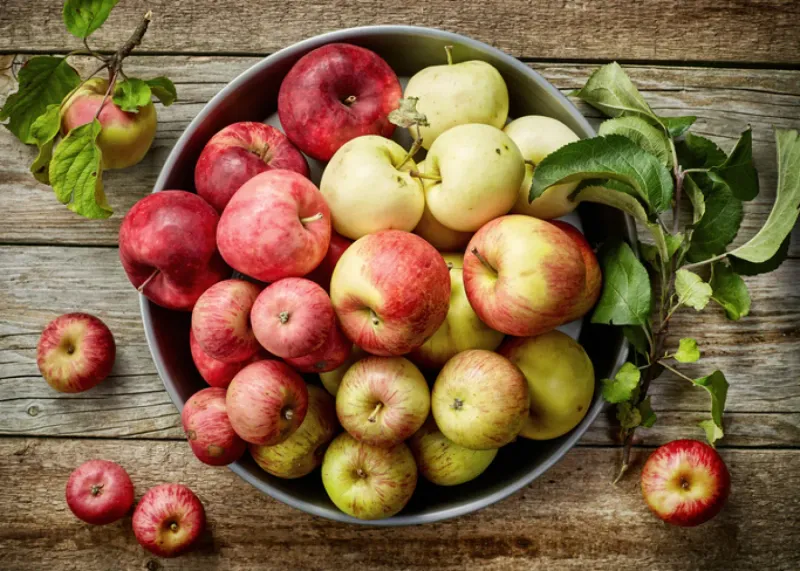
Apples, with their satisfying crunch and natural sweetness, are a beloved fruit worldwide. The pectin fiber they contain aids in slow digestion, especially when enjoyed with the skin on. Whether eaten fresh, baked, or in a salad, apples offer a versatile and nutritious option. Their flavors range from tart to sweet, providing a variety for different palates. Beyond their delightful taste, apples are linked to heart health and improved digestion. They have been a symbol of health and nourishment throughout history, cherished for their simplicity and goodness.
10. Avocados
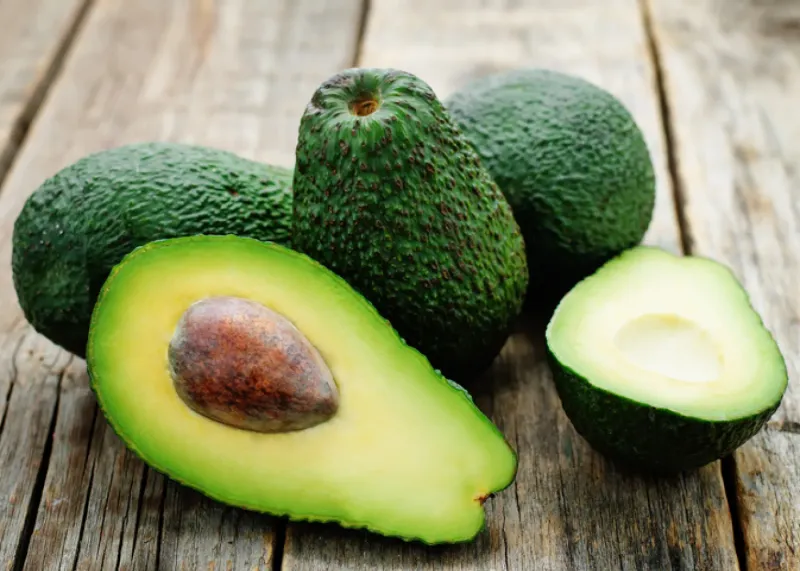
Avocados are a unique fruit, celebrated for their creamy texture and rich, nutty flavor. They are virtually sugar-free, making them an excellent choice for regulating blood sugar. Packed with heart-healthy monounsaturated fats and fiber, avocados help promote satiety and overall wellness. Whether spread on toast, blended into smoothies, or sliced into salads, they add a luxurious touch to any dish. Originating from Central and South America, avocados have a storied history and continue to be a beloved food across cultures for their versatility and health benefits.
11. Broccoli
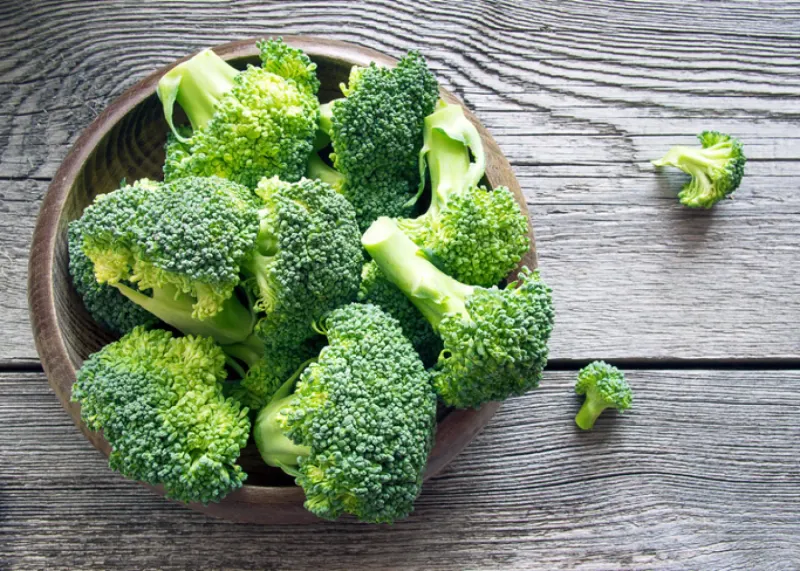
Broccoli, known for its tree-like appearance, is a nutritional gem. Rich in vitamins C and K, it also contains sulforaphane, which may improve insulin sensitivity and lower blood sugar levels. Whether steamed, roasted, or raw, broccoli adds a satisfying crunch and bright green color to meals. Its slightly bitter taste can be complemented with lemon or garlic, enhancing its culinary appeal. Beyond its flavor and nutrition, broccoli has been associated with cancer-fighting properties, making it a staple in health-conscious diets worldwide.
12. Flaxseeds
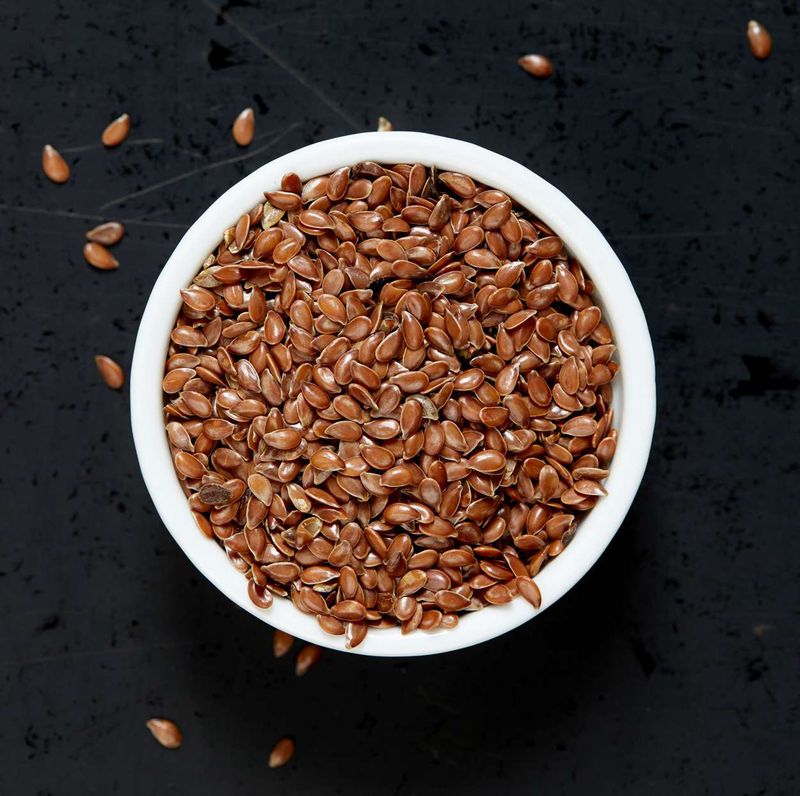
Flaxseeds, small but mighty, are renowned for their health benefits. Rich in lignans and fiber, they support glycemic control and promote gut health. When ground, flaxseeds can be used in baking, smoothies, or sprinkled on cereals. Their nutty flavor complements both sweet and savory dishes. Beyond their culinary uses, flaxseeds have a storied history, being cultivated as early as 3000 BC. They were prized by ancient civilizations for their usefulness and nutritional value. As a modern superfood, flaxseeds continue to support wellness in diverse diets.
13. Nuts (Almonds, Walnuts, Pistachios)
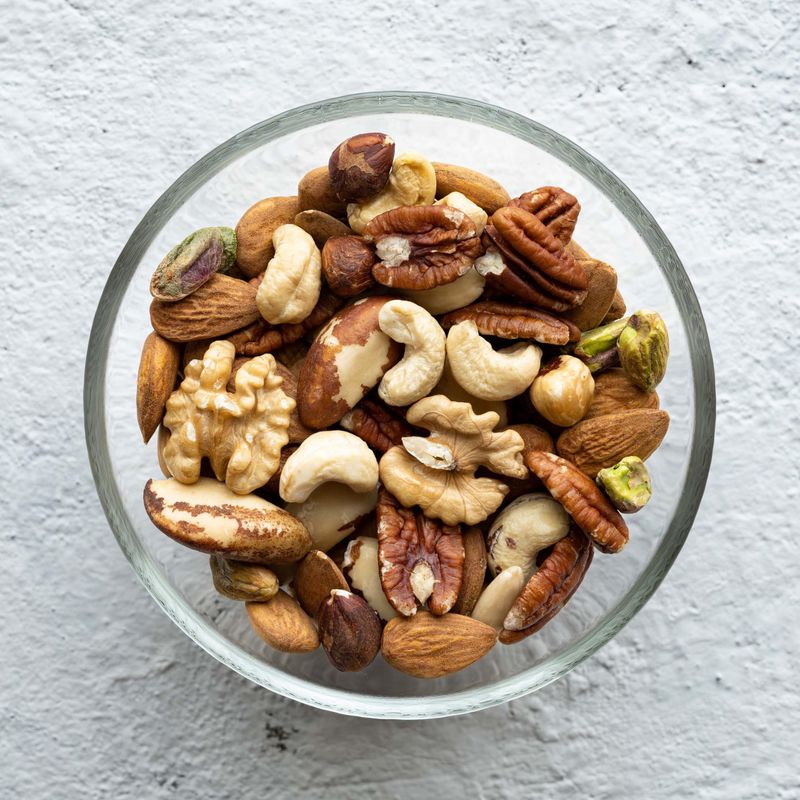
Nuts, including almonds, walnuts, and pistachios, are more than just tasty snacks. They are full of protein, fiber, and healthy fats that stabilize energy and reduce post-meal sugar spikes. Whether enjoyed as a snack, in trail mix, or as a crunchy salad topping, nuts offer a satisfying texture and rich flavor. Their dense nutritional profile supports heart health and weight management. Nuts have been cherished across cultures for their versatility and nourishing qualities, making them a staple in both traditional and modern diets.
14. Barley
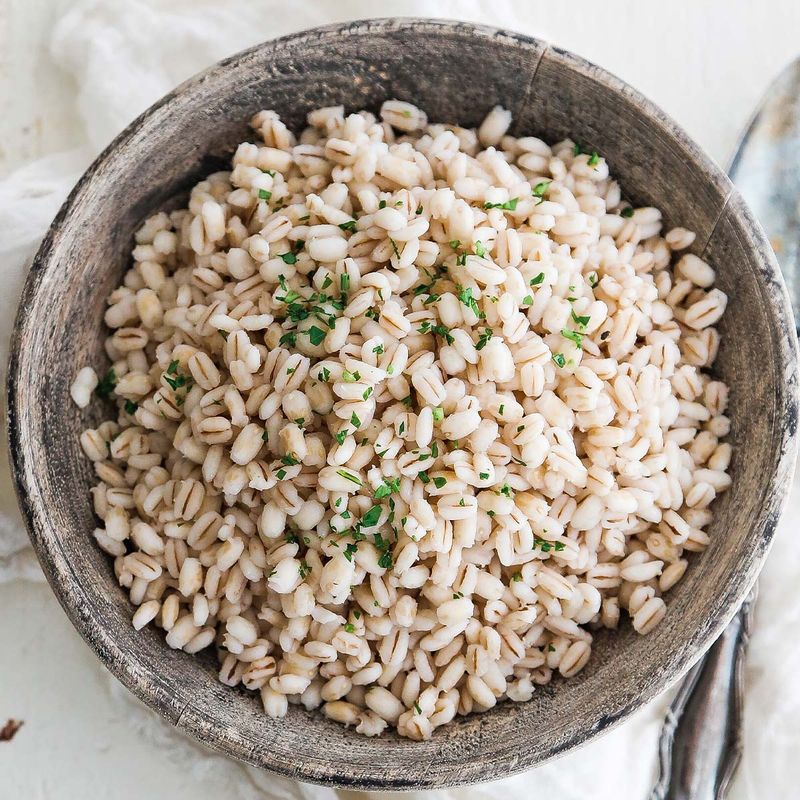
Barley is a whole grain with a low glycemic index, making it a great choice for blood sugar management. Rich in soluble fiber, it supports digestion and heart health. Barley’s chewy texture and nutty flavor make it perfect for soups, stews, or grain salads. Beyond its culinary uses, barley has historical significance, being one of the first grains cultivated by ancient civilizations. Its resilience and nutritional value have allowed barley to remain a valued food source throughout the ages, providing sustenance and health benefits to many cultures.
15. Greek Yogurt (Unsweetened)

Greek yogurt is a creamy delight, known for its thick texture and rich taste. Unsweetened varieties provide protein and probiotics with minimal sugar, supporting both gut and glucose health. Enjoy it on its own, with fresh fruit, or as a base for savory dips. Its versatility extends to baking, where it can enhance moisture and flavor. Originating from the Mediterranean, Greek yogurt has been a dietary staple for centuries. Its enduring popularity is a testament to its nutritional benefits and delicious taste.
16. Beans (Black, Pinto, Kidney)
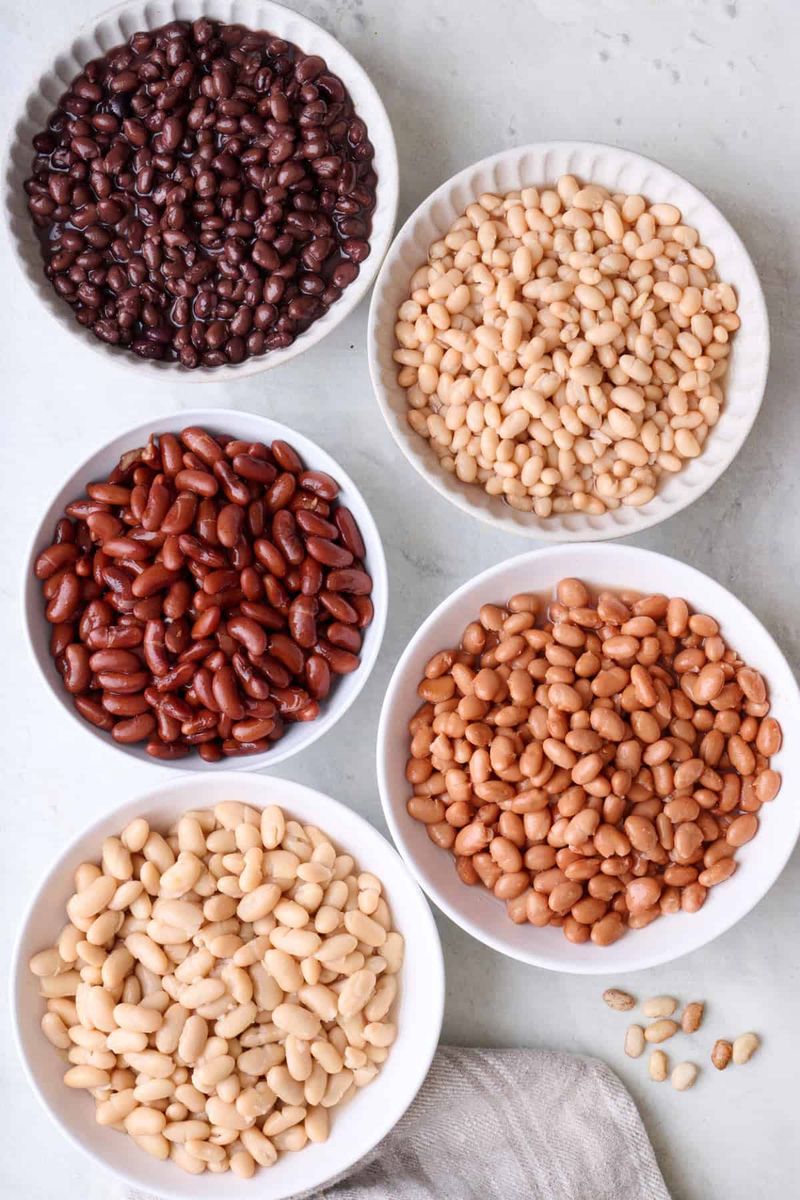
Beans, whether black, pinto, or kidney, are a cornerstone of nutritious eating. These legumes are slow-digesting complex carbs packed with protein and fiber, making them excellent for stabilizing blood sugar. They are a versatile ingredient, perfect in stews, salads, or wraps. Their rich taste and hearty texture pair well with spices, offering endless culinary possibilities. Beyond their flavor, beans have a rich cultural history, serving as essential dietary staples in various cuisines. They continue to support health and diversity in modern cooking.
17. Carrots
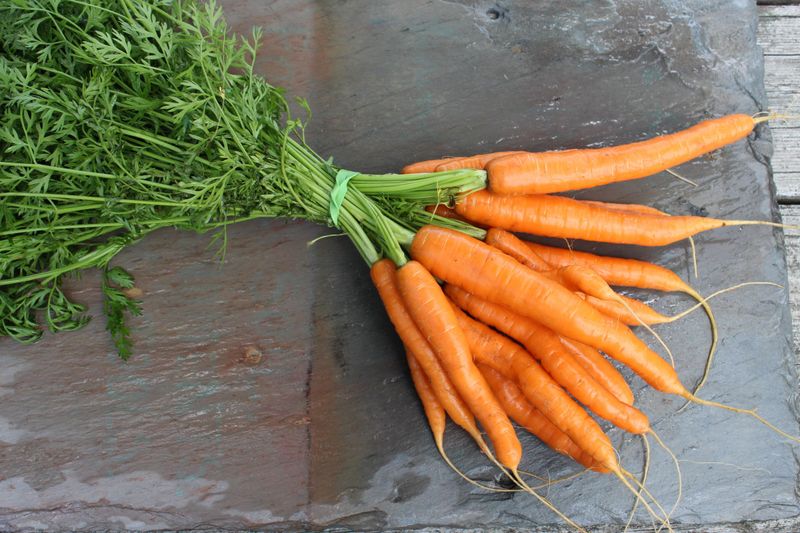
Carrots, with their vibrant orange hue, are not only visually appealing but also nutritionally valuable. Despite their slightly sweet flavor, they have a low glycemic impact and are rich in vitamin A. Whether enjoyed raw, roasted, or in soups, carrots add a touch of natural sweetness to dishes. Their crunch and flavor make them a popular choice for snacks and salads. Historically, carrots have been cultivated for thousands of years, valued for their taste and health benefits. They continue to be a favorite for their versatility and nutritional profile.
18. Eggs

Eggs, often dubbed nature’s multivitamin, are a protein powerhouse. With no carbs and plenty of nutrients, they promote satiety and blood sugar stability. Versatile and nutritious, eggs can be the star of breakfast, lunch, or dinner. Whether scrambled, poached, or boiled, they offer endless culinary possibilities. Their history spans centuries, with chickens being domesticated for egg production in numerous cultures. Eggs have been cherished for their simplicity and ability to nourish, making them a timeless and essential food staple around the world.
19. Tomatoes
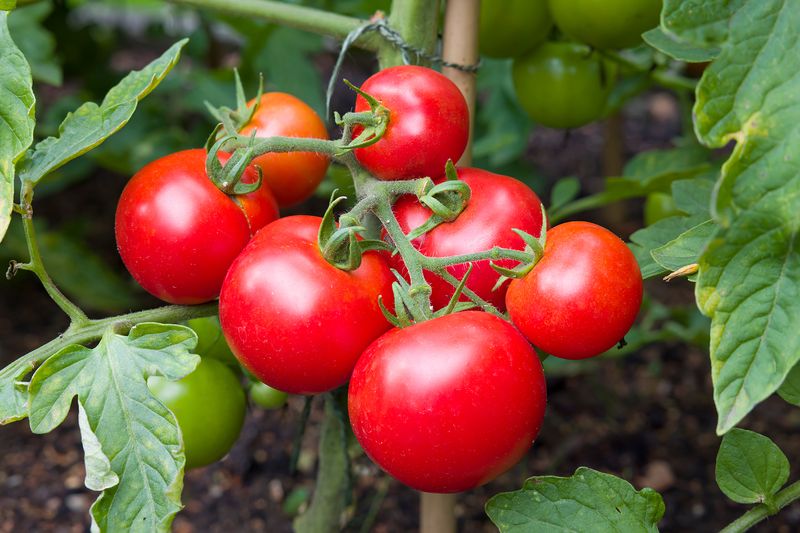
Tomatoes, with their juicy flesh and bright color, are a staple in many cuisines. Low in sugar and high in antioxidants, they pair well with fiber-rich foods in meals or salads. Whether enjoyed fresh, in sauces, or roasted, tomatoes add a burst of flavor and nutrition. Their rich history includes cultivation by ancient civilizations in South America. Today, tomatoes continue to be celebrated for their versatility and health benefits, adding vibrancy and flavor to dishes worldwide.
20. Cinnamon
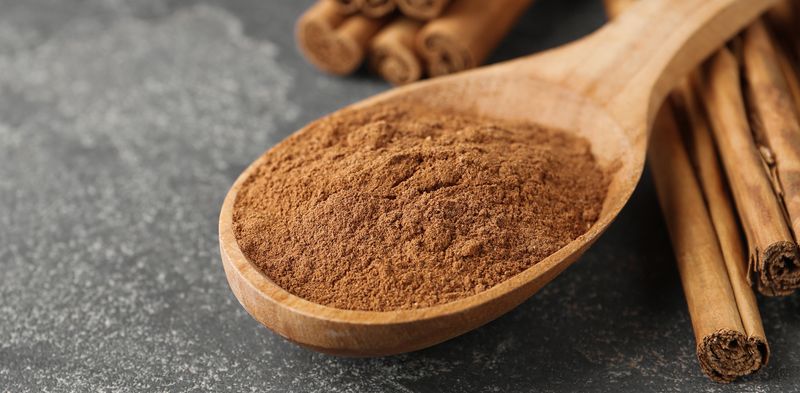
Cinnamon, though not a food on its own, is a powerful spice with a compelling aroma. Studies have shown that it may help improve insulin sensitivity, thus supporting blood sugar management. Its warm, sweet flavor enhances both sweet and savory dishes. Whether sprinkled on oatmeal or used in baking, cinnamon adds depth and warmth to recipes. This ancient spice has been cherished for its medicinal properties and flavor for centuries, making it a beloved ingredient in kitchens around the world. Its unique taste and potential health benefits continue to captivate culinary enthusiasts.
